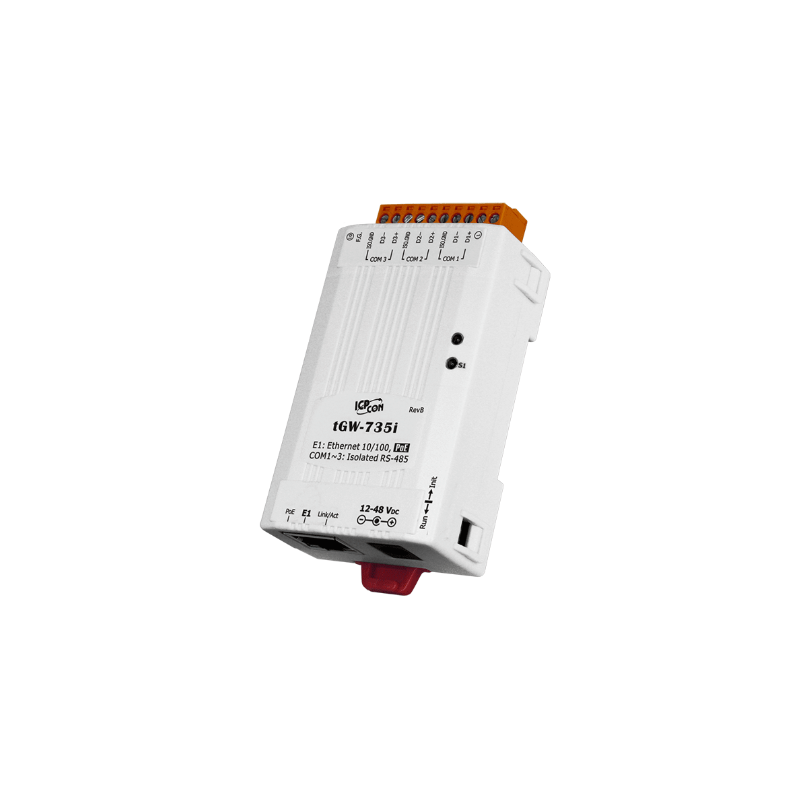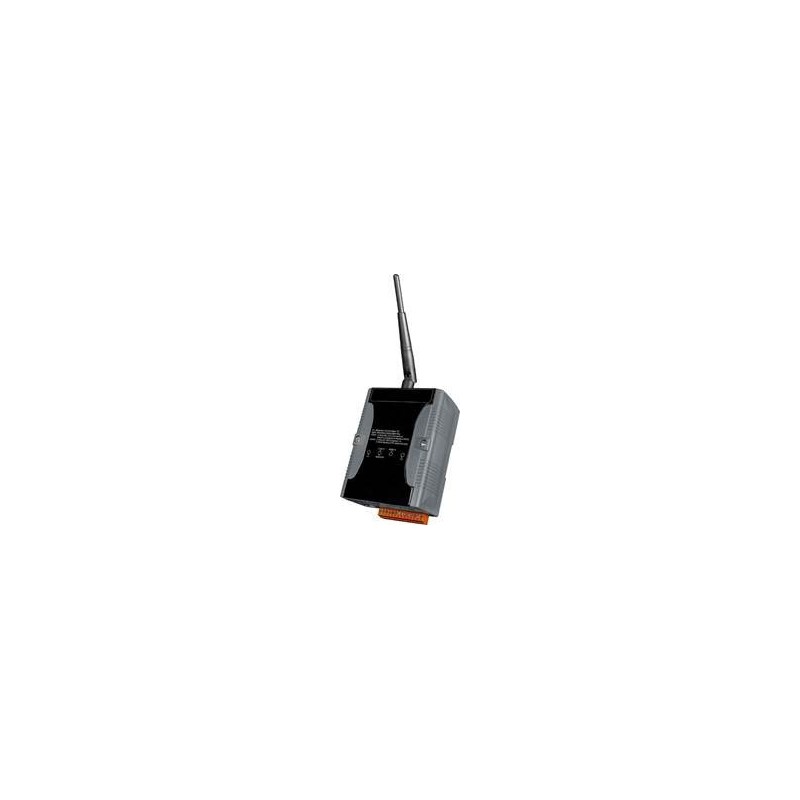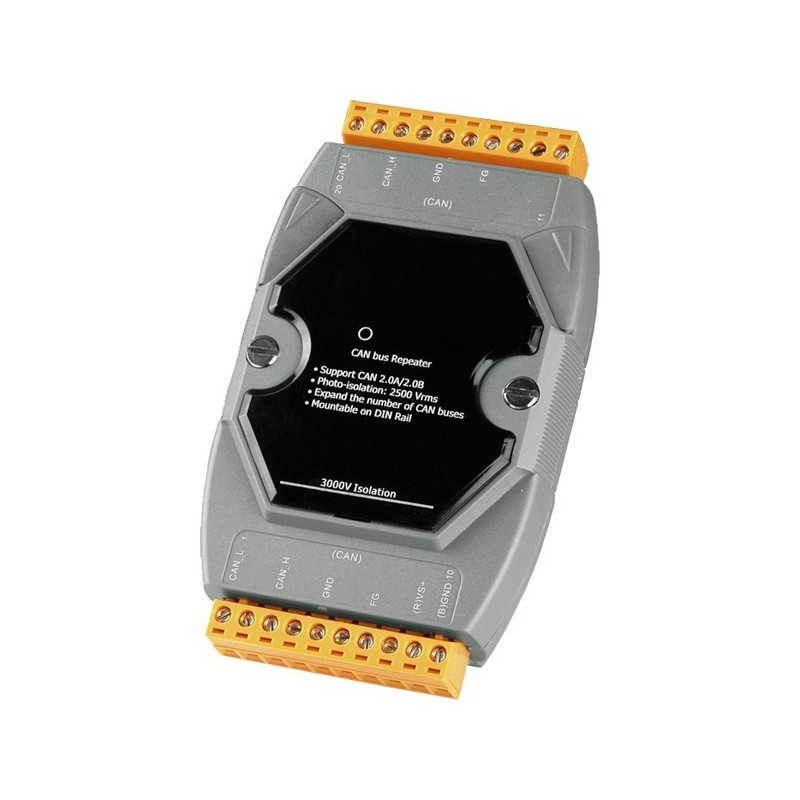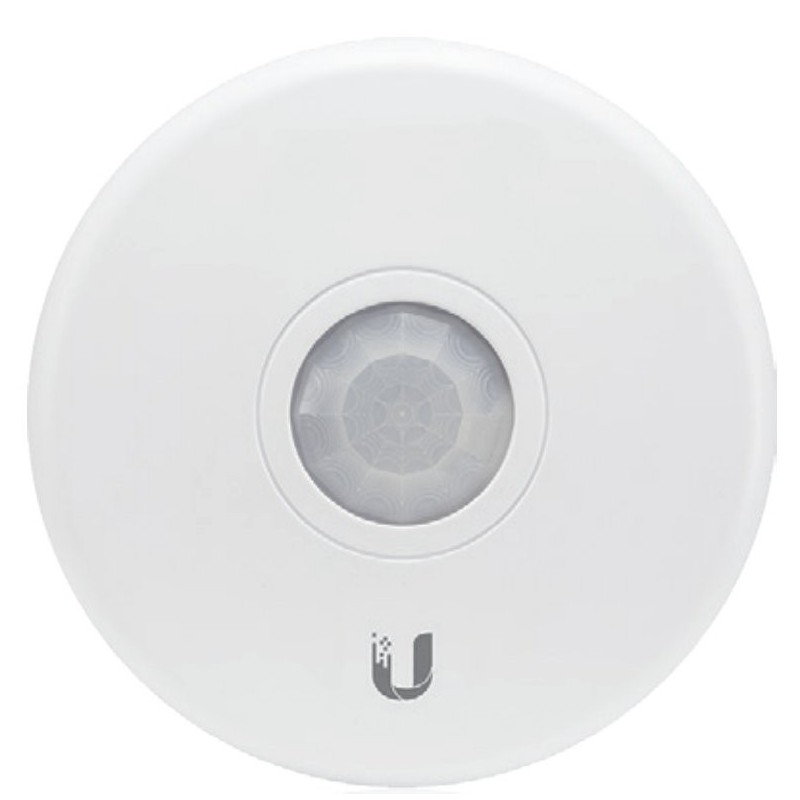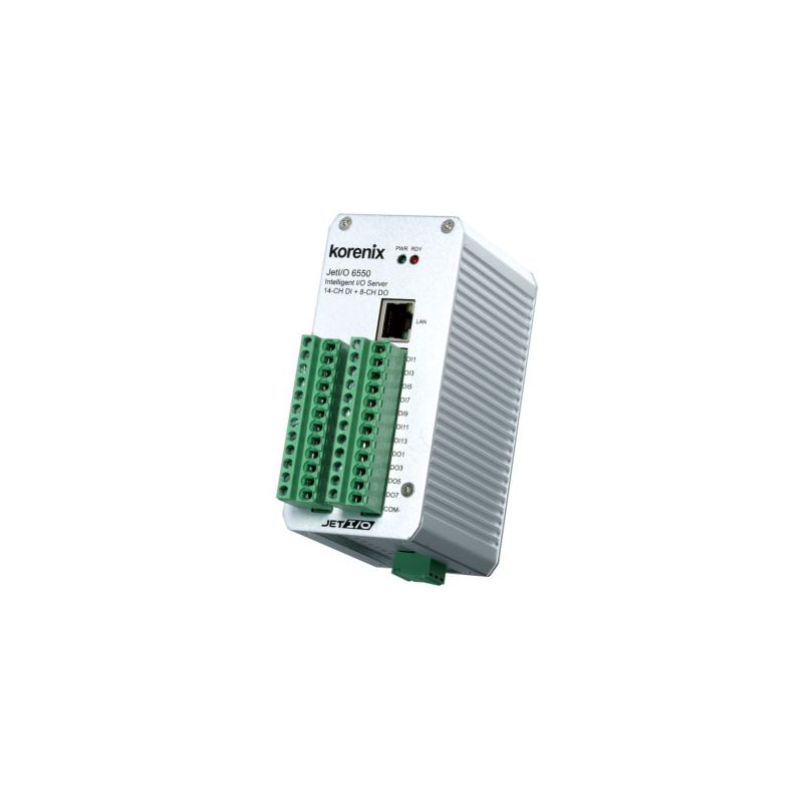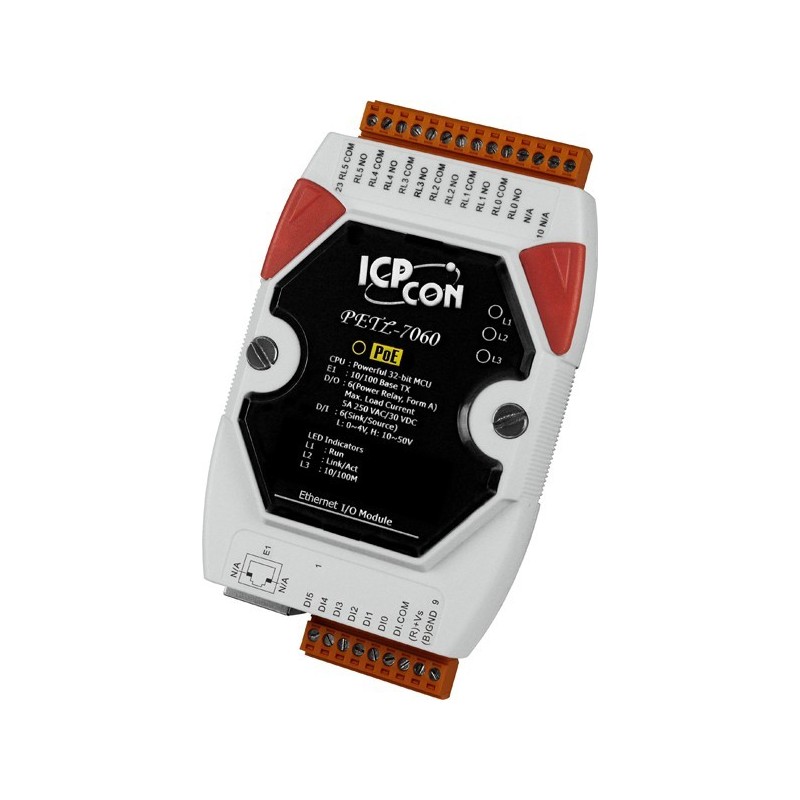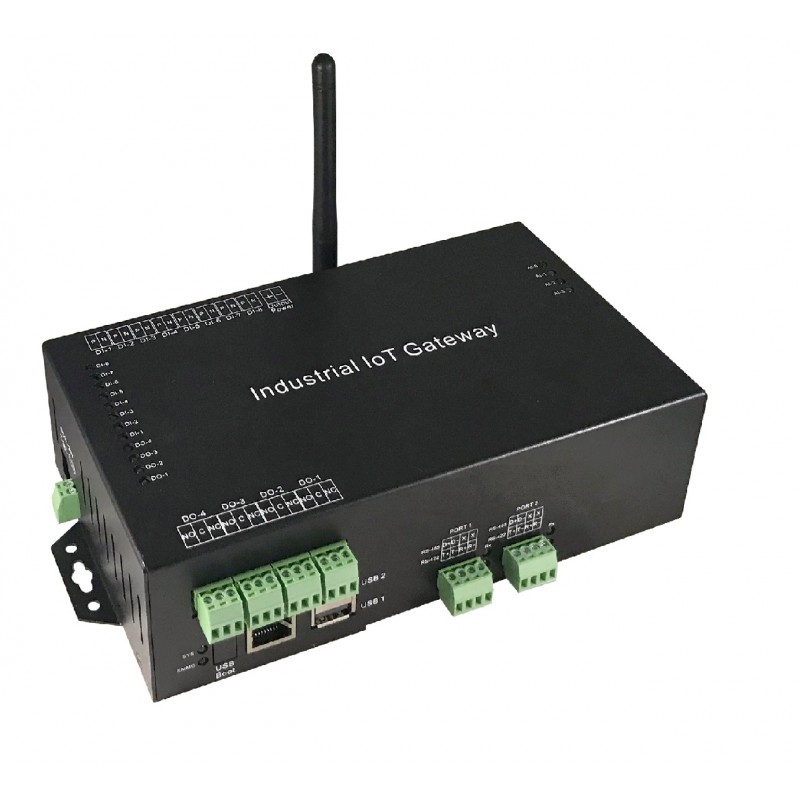3 x temperature measurement with PT100, PT1000 sensor and nine RTD elements, 16bit resolution, RS485 bus. 10 - 30vdc.
Module for PT100 or PT1000 sensor with 4-, 3- or 2-wire
for nickel temperature sensor (Ni RTD)
16 bit resolution
15 Measurements per second (Total)
Supply voltage: 10 - 30vdc / 1 Watt
Master RS485 must establish bias voltage
Dim: 123 x 72 x 35 mm
2,828.00 kr
Item Number: M485-ADRTD3-I


